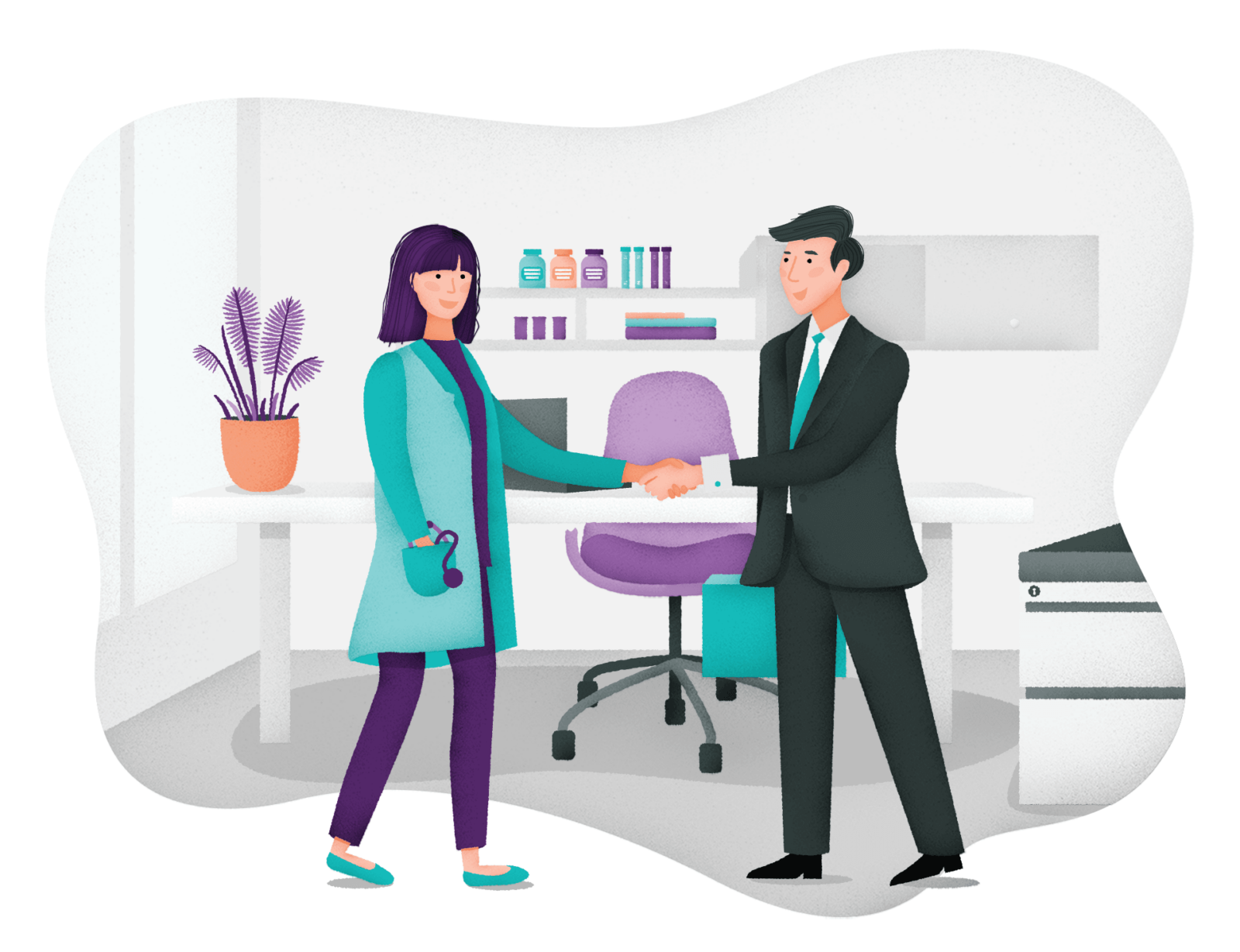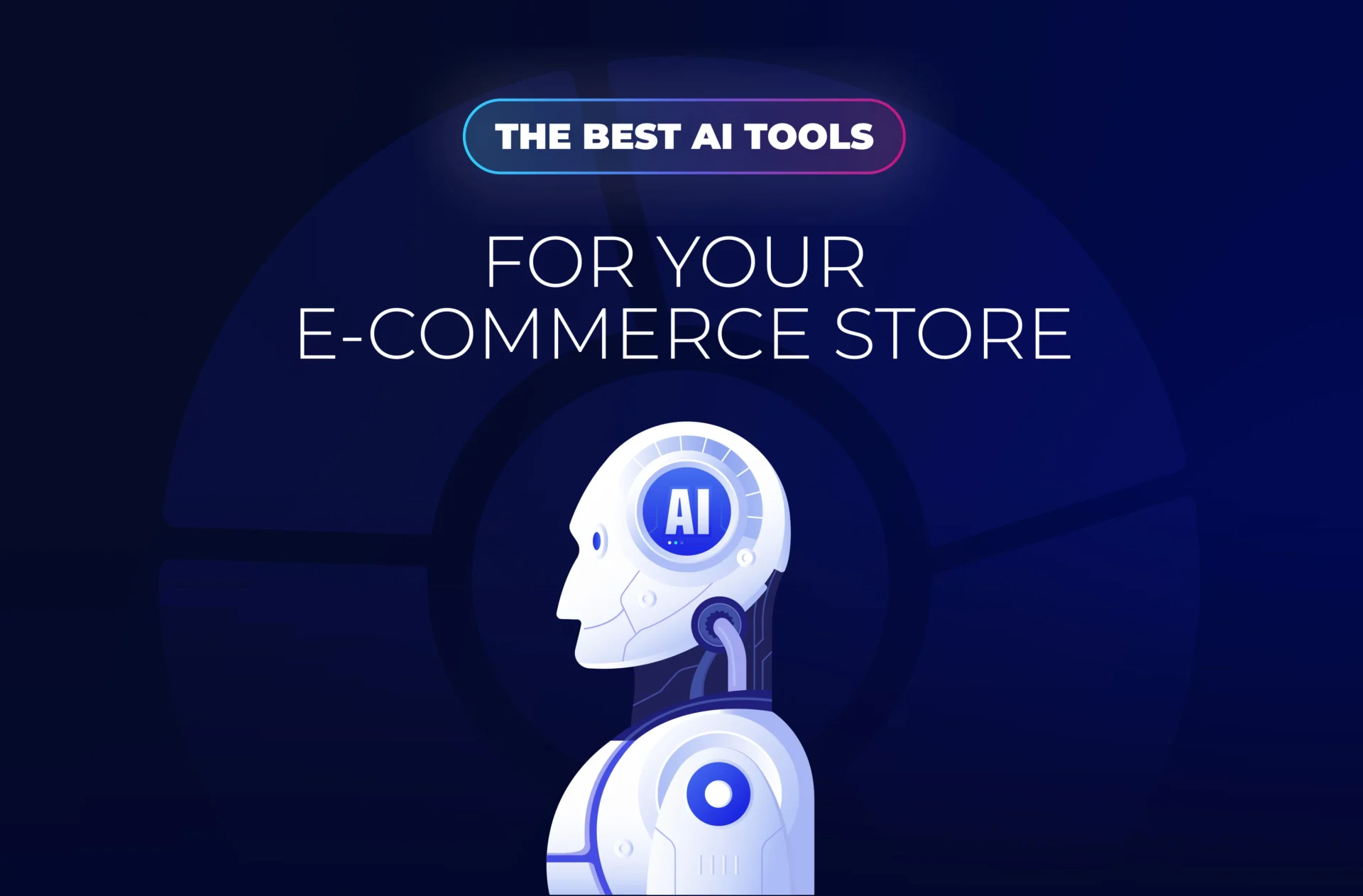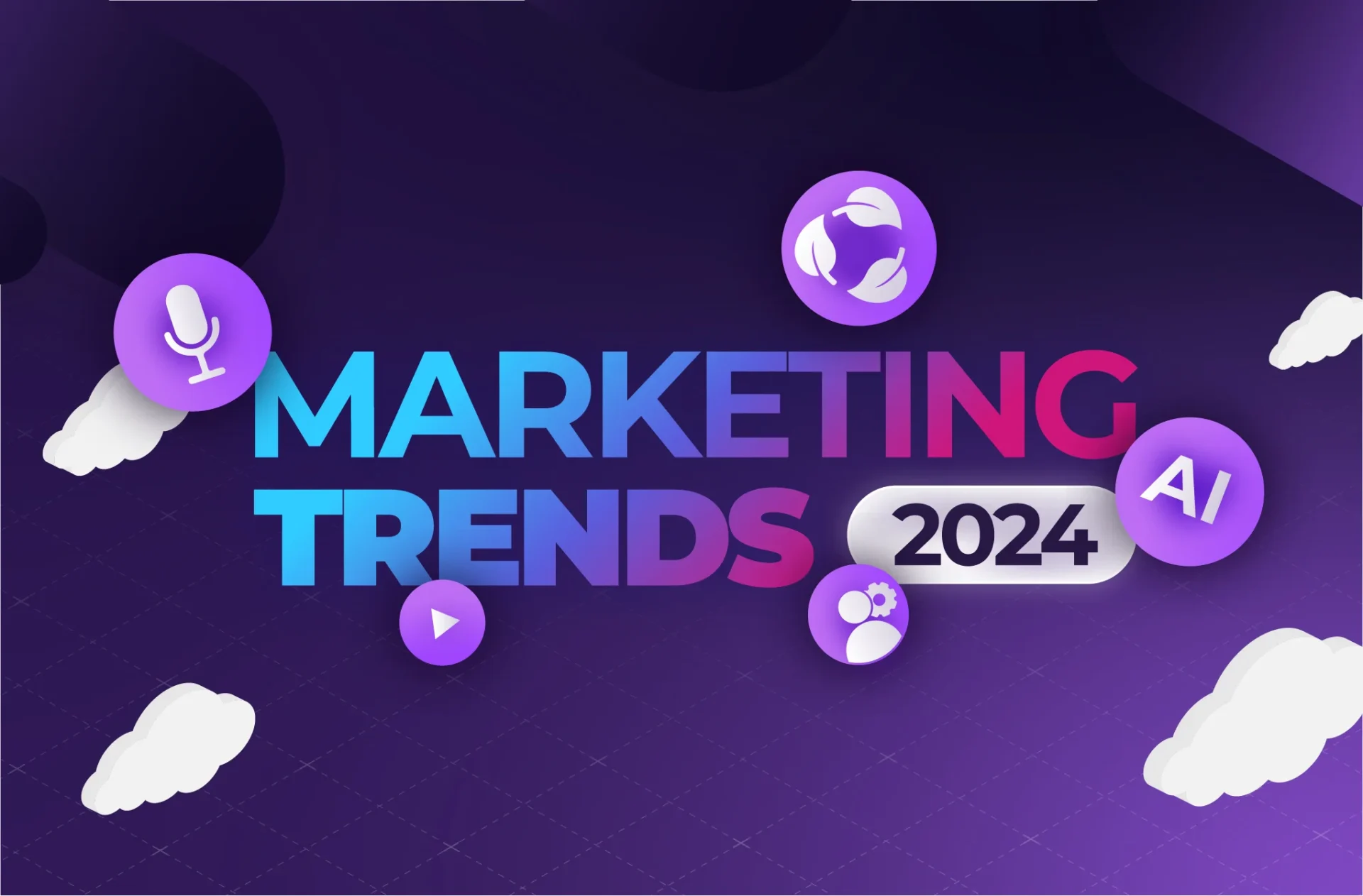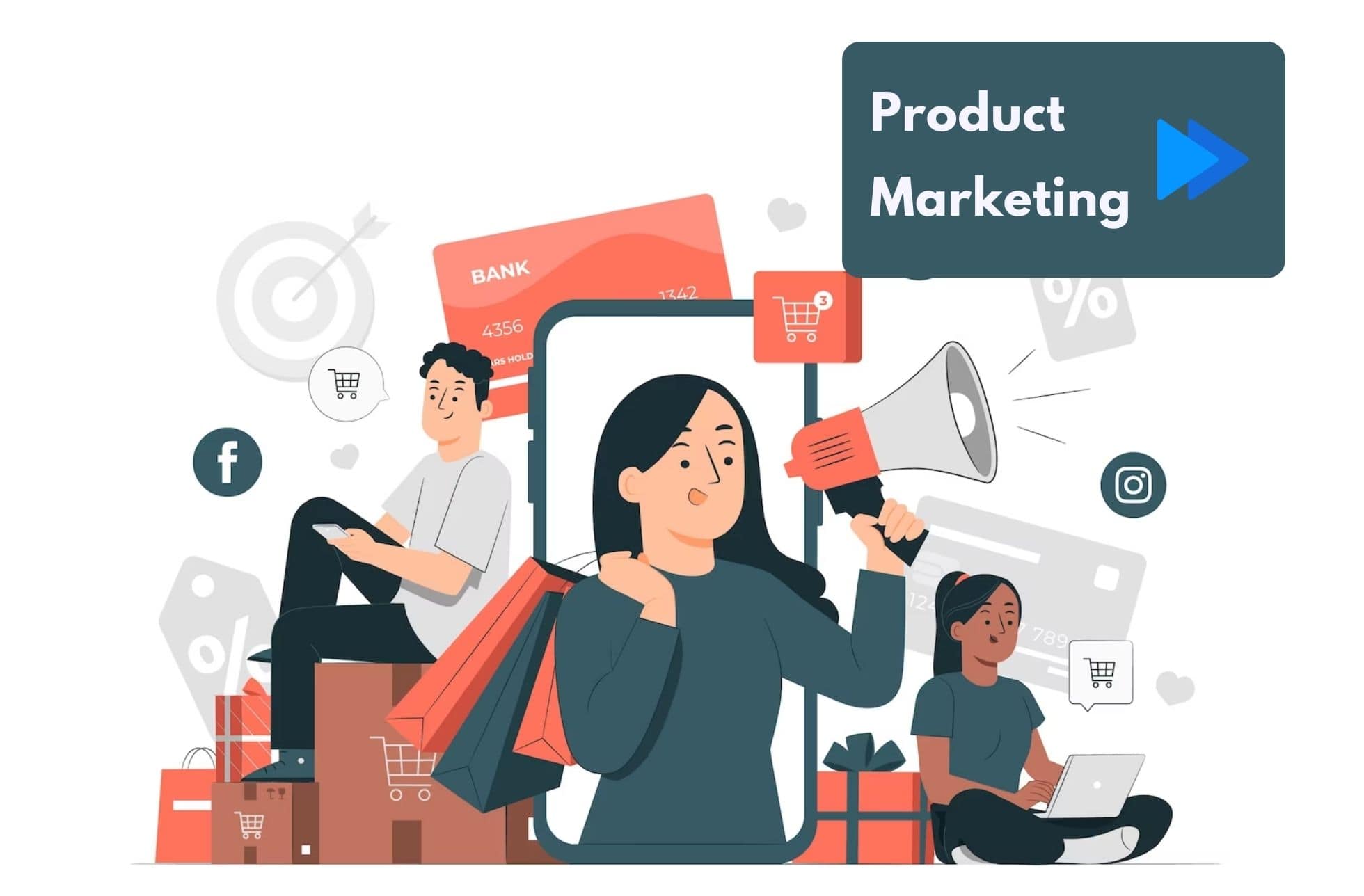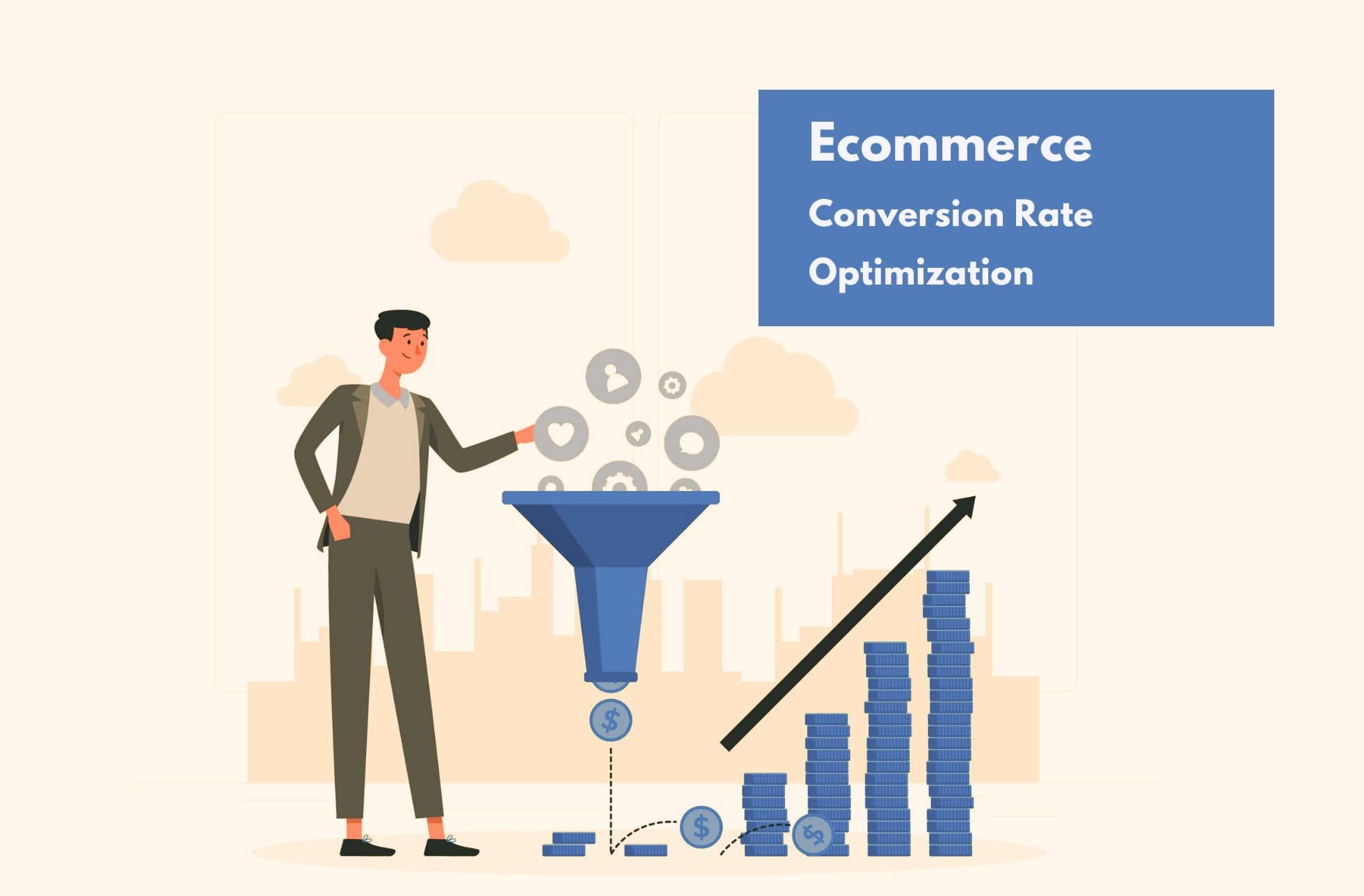What is ROPO? These abbreviations refer to Research Online, Purchase Offline. ROPO is, without a doubt, the perfect representation of the changes that the Internet has brought to commerce and, above all, to omnicanality. But is it an opportunity or a threat to e-commerce?
Let’s take a closer look at what ROPO is and what it entails.
What is ROPO?
The Research Online, Purchase Offline is a recent trend in the buying behaviour of customers (a trend of which, probably, you yourself are part).
ROPO customers perform the following actions:
- They go to the websites of the companies they are interested in and analyse the products they want to buy.
- They browse through different websites and read reviews of other customers who have already bought the same product as them.
- They make a comparison of products, prices and the conditions offered by each supplier.
- Once they are more than aware of each and every one of the details of that product, comes the step that closes the ROPO: They go to the store and make their purchase in a physical business.
Why do your customers make ROPO?
Some merchants assume that the reason for ROPO is the customer service or professional advice offered in a physical store.
However, this survey conducted by KPMG in a 2017 study suggests otherwise:

Employee attention is not among the main reasons why a consumer prefers to buy offline rather than online. On the other hand, we find many others.
The importance of location in the ROPO
A very important point to keep in mind when positioning your ecommerce (if you want to take advantage of the ROPO), is the location. Of course, this is focused on those businesses that have an online and offline version. If not, you will hardly be able to take advantage of the ROPO.
Today, customers search both through their desktop devices and from mobile. And, if you position yourself well, you can attract them to your store.
How?
Locating your SEO and other aspects of your business:
- Local SEO: When your customers need a product or service that can have a “localized” version in the SERP (example: “barcelona home appliances store”) you have to appear in that result. This means that, as a minimum, you must have registered in Google Maps and other directories (such as Yellow Pages, for example).
Your page will have to be optimized for each region. So, if you sell in Madrid, Barcelona and Valencia, you could have a specific landing page for each city, optimized for each keyword. - Creating a local community: If you want Google and company to know that your company is part of the local business community, you have to tell them. There are many different ways to do this, for example:
- Sponsorship of local events
- Local content production
- Use of localized keywords (like the one we mentioned in the previous point)
The ROPO doesn’t end with the local search. If you want your physical store to be the selected one, you will have to offer another kind of experiences.
Experiential marketing in the ROPO
Your potential customers can find a version of your product(s) in thousands of different stores. Therefore, your business would not only have to offer the right product, but respond to the broader needs of each customer. For this, it is important to make an emotional connection.
If it sounds silly to you, look at these figures:
- 65% of companies say that experiential marketing is directly related to their sales.
- 70% of your target audience may end up becoming a customer thanks to experiential marketing.
- 77% of your competitors are already using experiential marketing.
Why are we telling you all this? Because you have to personalize each customer’s shopping experience and create that emotional connection with them. So, once they have searched for their perfect product on your website, they will go to your offline store to buy it. If they don’t create a “connection”, once they have found their product, they will simply go to the cheapest or nearest store.
Multichannelity in the ROPO
A basic part of creating that connection with the customer is managing the different stages that a potential buyer goes through. That is, the purchase funnel. A purchase funnel that, in this case, is multichannel (but that doesn’t mean we can’t define it).
Your customers go through several stages during the customer journey. And you should be present in each of them.
It’s not as complex as it sounds, and content marketing is one of the best ways to achieve it. How?
With:
- Explanatory videos, product unboxing
- Podcasts
- Customer Testimonials
- Ebooks
- UGC (User Generated Content – The content that can be created by the users themselves who have consumed this product). For example, the brand Coco & Eve sells a hair mask aimed at women, and uses influencers who generate their own videos explaining the result of using this product:

With the content you accompany your client through different phases of the purchase. When they are simply getting informed (with more generic blog articles such as “How to recover the shine in your hair”; moving on to more specific ones such as “The best masks for your hair”; and already some very shopping oriented: “Look what these YouTubers from Coco & Eve think”.
Other aspects related to ROPO
ROPO has meant many changes in the way customers buy from you. Because they don’t just look at your online store, they also browse other places, such as:
- Comparators: Surely you have used them too. There are buyers for all kinds of products (and, above all, services). These platforms are designed to help the customer choose the best product at the lowest price. You are therefore interested in including your products and services in these comparators, so that they take you into account (whether or not they do ROPO afterwards).
- Marketplaces: Amazon, eBay, Etsy… We’ve already explained what a marketplace is. In fact, many of them (especially Amazon) have become the first step for consumers to start researching a product. It’s good for you to be there.
- Social commerce: Instagram, Facebook or Pinterest. All of them offer sales-oriented features. Take advantage of them.
All of these platforms are essential if you want to reach as many customers as possible. They are a very useful showcase for them to find you and, once they do, you must work the funnel to end up in your store (and not in that of the competition).
If you do well and offer a good online service, you can even avoid the ROPO. Online stores can also give many advantages, and if you advertise as it touches and gives confidence to the customer, you can get them to change their mind and prefer to make the purchase without leaving home. So you surely avoid going to the store next door! For this reason it is important to work very well all the multichannel sales of your business.
We conclude: About the ROPO
ROPO is a real challenge for any business.
- If you have an offline business and an online one, you will have to work very well the omnicanality so that your client is not going to buy from the competition. You will have to create an emotional connection with him so that he prefers to go and buy from you rather than from a store that, perhaps, is closer to home. But nothing is impossible and every niche has its tricks.
- If your business is only online, your job will be to give the customer all the options available to make him change his mind. If you see that your store offers many advantages, perhaps you prefer not to do ROPO on this occasion and buy directly through your website.

